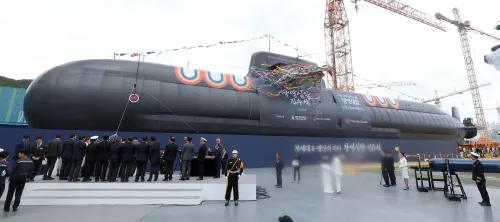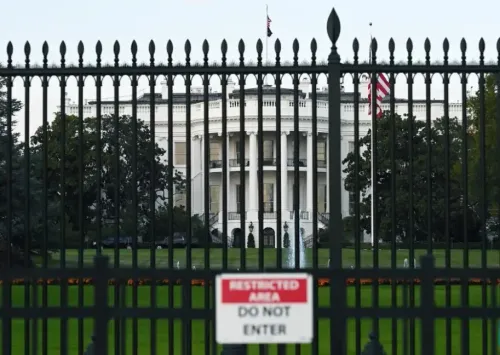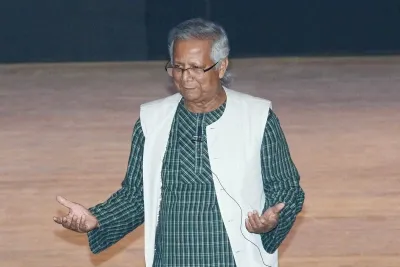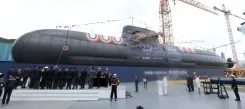South Korea: Will Lee Designate Flood-Affected Regions as Special Disaster Zones?
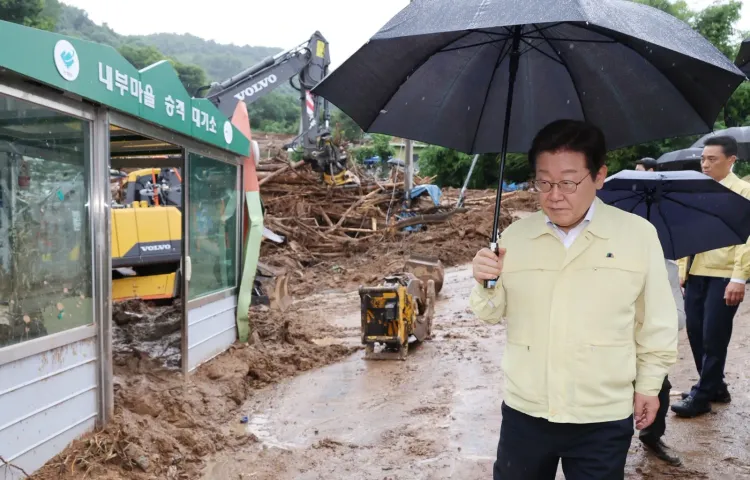
Synopsis
Key Takeaways
- President Lee Jae Myung calls for the swift designation of special disaster zones.
- 18 confirmed deaths and numerous individuals reported missing due to flooding.
- Over 14,000 people displaced across major cities and provinces.
- Military personnel mobilized to assist in recovery efforts.
- Extensive property damage reported in various regions.
Seoul, July 21 (NationPress) - President Lee Jae Myung of South Korea has urged government officials to rapidly classify areas impacted by flooding as special disaster zones to enhance rescue and recovery operations, as well as to extend support to residents who have been affected, according to his office.
This appeal was made during a visit to Sancheong County, situated approximately 300 kilometers southeast of Seoul, where 10 fatalities have been confirmed, four individuals are still missing, and two others have suffered serious injuries due to unprecedented rainfall in the region.
Since last Wednesday, torrential rains have caused floods and landslides, resulting in at least 18 deaths overall, with the most severe damage occurring in southern areas, including Sancheong, as reported by the Ministry of the Interior and Safety.
During his visit, Lee instructed Interior and Safety Minister Yun Ho-jung to mobilize all available resources and administrative assistance for the victims and to promptly classify flood-impacted areas as special disaster zones, as stated by presidential spokesperson Kang Yu-jung to the media.
Regions designated as special disaster zones qualify for government aid for recovery from damages and relief for victims, as reported by Yonhap news agency.
In a broader context, the recent heavy rainfall and landslides have led to the deaths of 18 individuals in South Korea, with nine others reported missing since the downpours began last week.
The death toll includes 10 fatalities from Sancheong, two in Gapyeong, and two in Seosan, according to the interior ministry.
As of now, four individuals are missing in Sancheong and another four in Gapyeong.
Over 14,000 residents have sought shelter across 15 major cities and provinces since the onset of heavy rainfall last Wednesday.
Property damage has been significant, with 1,999 incidents reported at public facilities and 2,238 incidents at private facilities by 6 p.m. on Sunday.
The national weather agency predicts continued rainfall through Monday morning in South Jeolla Province, South Gyeongsang Province, and the southern island of Jeju.
North Jeolla and North Gyeongsang Provinces are expected to experience rain starting at 9 a.m., while the capital area, as well as Gangwon and Chungcheong provinces, are forecasted to receive rain later in the afternoon.
The government has lifted all heavy rain advisories, and on Sunday, the warning level was downgraded from serious to attention.
The South Korean Army has deployed approximately 2,500 military personnel and equipment to assist in recovery efforts in areas severely affected by the recent heavy rains, as confirmed by the armed services on Monday.
Approximately 2,500 emergency responders and 20 pieces of equipment have been dispatched to the southwestern city of Gwangju, parts of South Chungcheong Province, and South Gyeongsang Province since Thursday, as reported by the Army.
This series of heavy rains and landslides that began last week has resulted in 18 fatalities and has left nine individuals unaccounted for, displacing more than 14,000 people across 15 major cities and provinces.
Recovery efforts are focused on repairing homes and businesses affected by flooding, including the removal of soil and organizing personal belongings, with the Army stating it will continue to support these recovery operations.

